Insights



Hawthorn budget analysis: May election unlikely, but traps set for Labour
With tetchy exchanges and party tribalism on full display, the spring budget was an insight into the year to come. Set against a gloomy economic backdrop, the Chancellor tried to draw a clear line between the Conservatives and Labour ahead of the looming election.
Beset by pressures from within his own party, Hunt was obliged to find tax cuts. With forecasts from the Office for Budget Responsibility (OBR) giving less fiscal headroom than hoped, rumoured plans for a 1-2p cut to income tax were shelved in favour of a 2p national insurance.
He argued that tax cuts have only been affordable because of the government’s approach to tackling inflation. Inflation is now predicted to fall back to the 2% target by Q2 2024, a full year earlier than predicted. Now that wage growth is outstripping inflation, the Conservatives will want to wait until autumn to call an election. This will buy time for voters to start feeling better off.
High Growth Sectors
Hunt focused on reforms in areas he has described as high-growth industries of the future – financial services, life sciences, technology and the creative industries. These areas will be a significant focus of the government over the coming months, with consultations and proposals to be outlined in more detail. He announced several pro-investment reforms, including changes to pension investment and the next stages of the LIFTS initiative. He also launched a consultation on a new platform to allow private companies to trade their securities, known as PISCES. Continuing the successful policies of providing tax cuts for the filming industry first introduced by George Osborne, Hunt announced a further £1 billion of new tax reliefs for the UK’s world-leading creative industries.
The Economic Outlook
The bigger picture challenge for the Chancellor is whether these tax cuts are realistic. The OBR has warned that current spending plans carried a level of “uncertainty”, as much of the new spending is funded by assumed departmental savings to the tune of £19 billion for unprotected public services, a figure the Resolution Foundation has described as a “fiscal fiction”. This will cause challenges for the next government, whatever its colour, as departments find their already tight budgets stretched even more thinly. More big tax cuts or spending increases in the coming years are now off the table. In stark contrast to Labour’s inheritance in 1997, where they could increase National Insurance specifically to fund NHS pledges, a prospective Labour government in 2024 would not have ample fiscal headroom to spend on public services without significant tax hikes – an argument Labour doesn’t appear to want to have.
Hunt’s changes to the non-dom tax relief and extension of the windfall tax are an attempt to make up this shortfall whilst laying dangerous traps for Labour. By stealing two of the Shadow Chancellor’s tax-raising ideas, Labour’s room to call for increased spending has been snatched away. Labour is extremely cautious about making spending commitments, with the most notable example being the recent U-turn on a commitment to spend £28bn a year on a green prosperity plan. This was swiftly followed by an announcement to increase the windfall tax, much to the dismay of the oil and gas industry.
In this context, the Chancellor’s plan hasn’t been without risk, he was immediately criticised by Energy Minister Andrew Bowie after extending the windfall tax on oil and gas. This blue-on-blue is a flavour of what may be to come as Conservative party discipline continues to break down under the pressure of poor polling results.
What does this mean for Labour?
Labour’s ‘Ming Vase’ strategy – placing caution over passionate campaigning – is now ingrained in the Opposition’s strategy, and Starmer’s pitch at the election will reflect this. Whilst some consider it dispassionate, it may help to carefully maintain Labour’s significant polling lead as the election grows closer. The Conservative’s best chance of holding on to power would be to win back public confidence in the economy, so the Labour front bench is cautious to avoid commitments that the Tories could use to paint them as the party of unfunded spending.
Keir Starmer has responded to the budget by calling for a general election on May 2nd. He used his relatively short response to attack the government for 14 years of low growth, falling living standards and, despite the Chancellor’s claims to the contrary, the highest tax burden in 70 years.
An Autumn Election?
Labour will feel relieved that there was no income tax rabbit, but they know they have a difficult task ahead to communicate any new policy announcements and how they will raise the money without raising taxes. In the next few weeks, they will pile on the pressure for a May election; but the mood music from the budget signals the Tories are playing for time. The challenge for the Government is whether this budget will reverse their precarious footing.
To find out more about how to prepare for the general election and what this pivotal year could mean for your business, please contact our political advisory team, led by Mark Burr, Partner at Hawthorn.
You may also be interested in
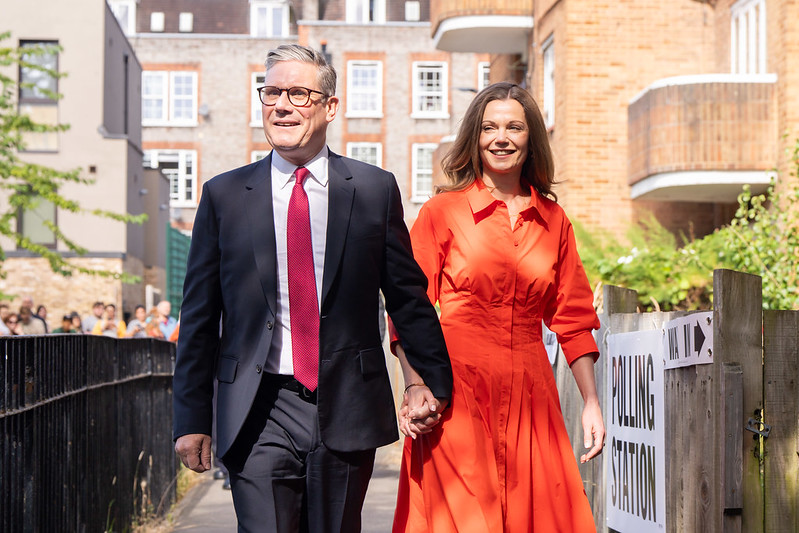
The day after the night before
Rishi Sunak called the election in the pouring rain and it looks like Keir Starmer will walk up Downing Street...
Read more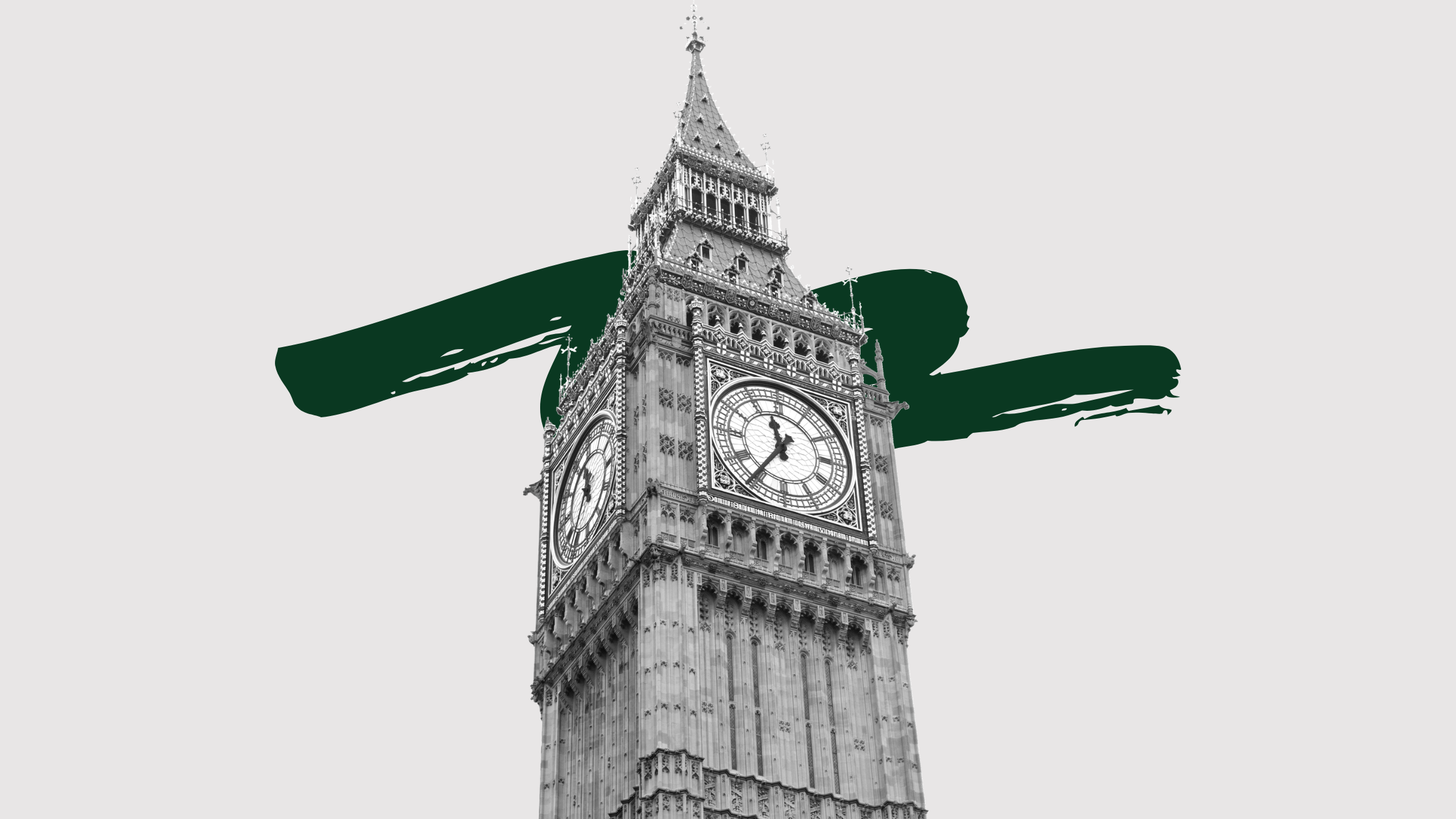
The dawn of a new era
The intensity of the snap election campaign risked masking the significance of what was about to happen. With the...
Read more
War party
As Defence Secretary, Grant Shapps could be expected to know a thing or two about military realities. Perhaps this...
Read more
Manifestly unconvincing
The Conservatives have unveiled a “Jeremy Corbyn style” manifesto, according to the Labour leader Sir Keir Starmer.
Read more
‘Made with AI’… but what if it’s not?
Discover the challenges Meta faces in accurately labelling AI-generated content. Learn about the rise of public scepticism, the role...
Read more
How to stop a problem turning into a crisis
When it comes to crisis communications, every situation is different. There are, however, certain skills and approaches that expert...
Read more
No body blows in leaders’ head to head
The thing to remember about last night’s TV debate is that the two leaders were pitching squarely at an...
Read more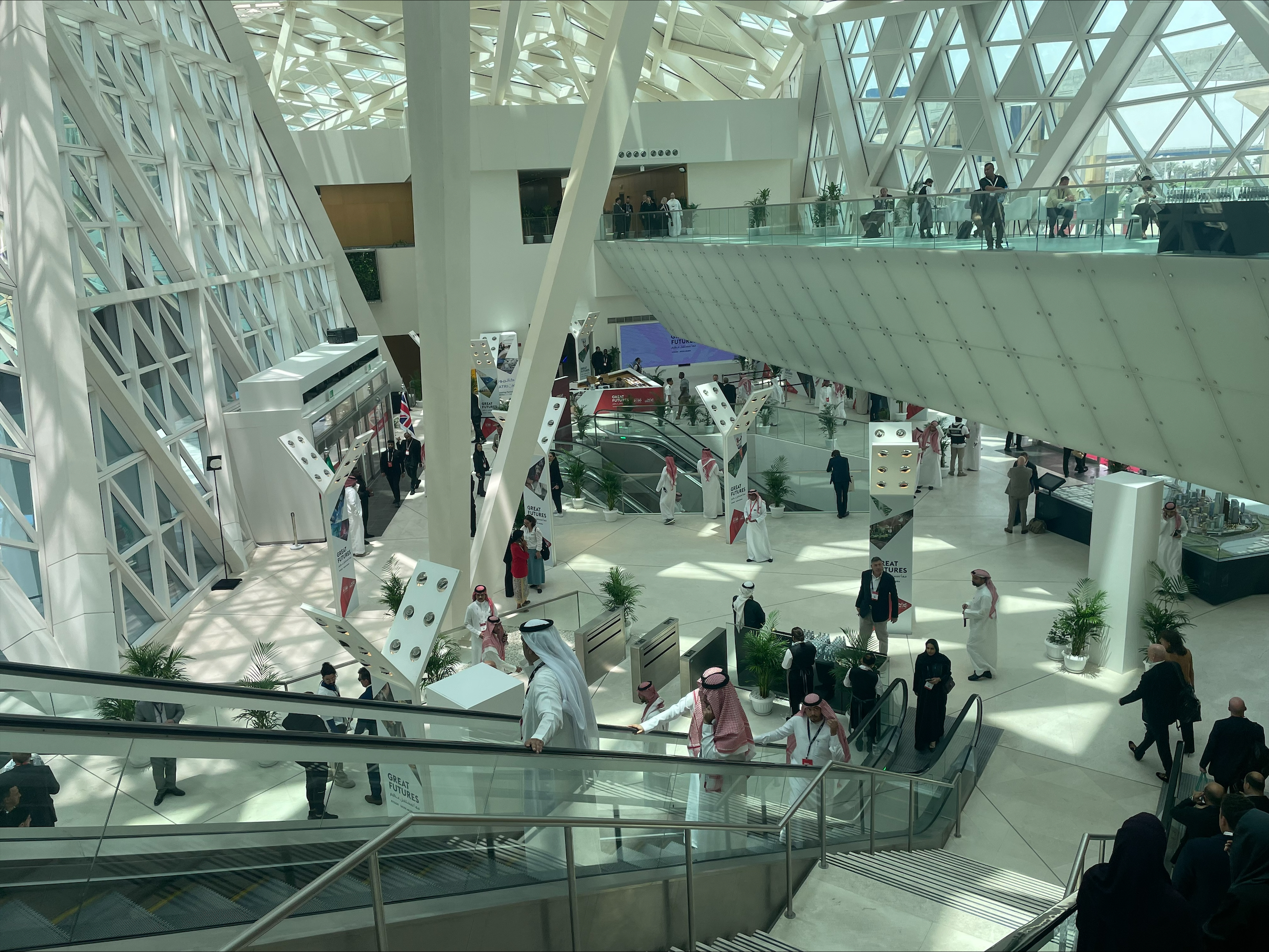
Hawthorn joins UK trade mission in the Middle East
Recently, Hawthorn Advisors joined a UK trade mission to Riyadh to mark a flourishing relationship. Among the fin tech,...
Read more
Labour’s banking on a stability dividend
For Labour, this election campaign marks the culmination of a process that’s been underway since Keir Starmer became leader;...
Read more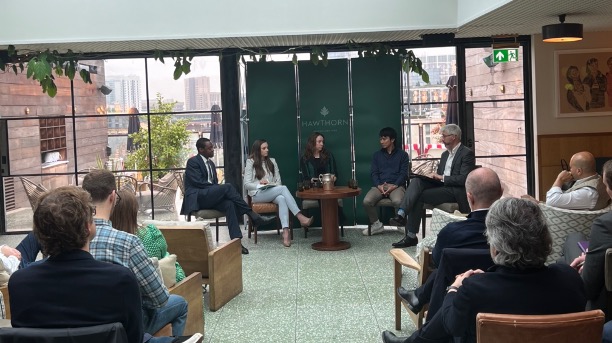
Hawthorn hosts AI briefing for City leaders
The financial and professional services industry has been using various forms of AI and automation for decades, but just...
Read more
The Hawthorn Headliner – General Election briefing
At 5pm on 22nd May 2024, Prime Minister Rishi Sunak announced his intention to call a General Election for...
Read more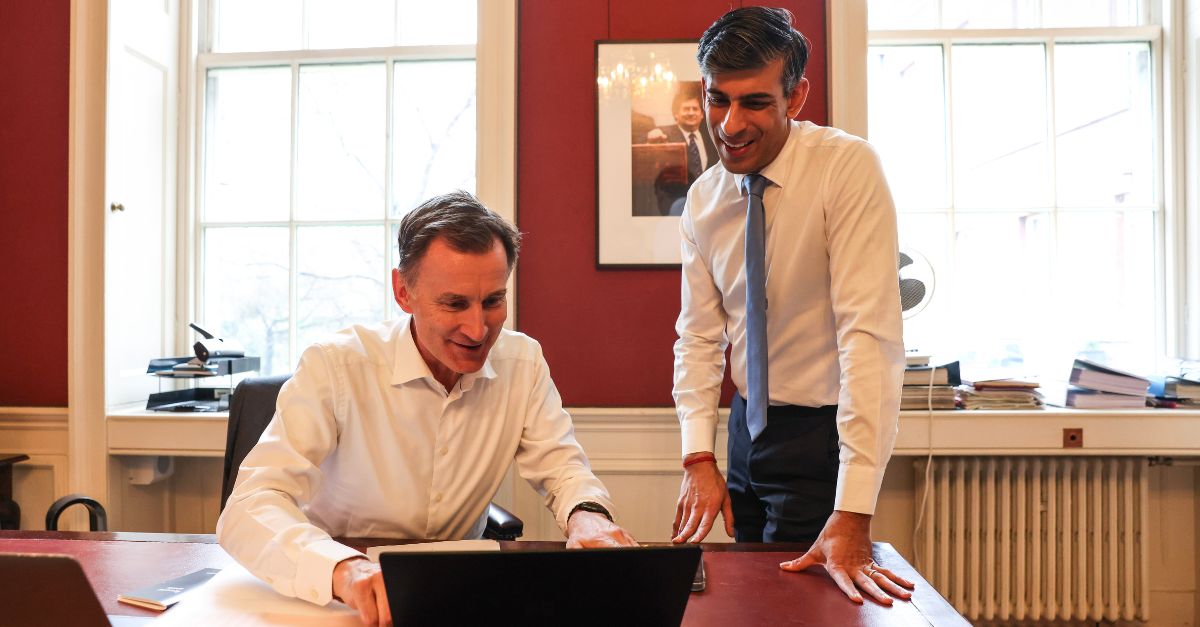
Economic reality risks ruining the party games
Inflation down (3.2 per cent), wage growth up (6 per cent) and economic growth restored (0.6 per cent GDP...
Read more
All politics is local
You might not plan on staying up through the small hours of Friday morning to watch the local election...
Read more
Hawthorn Advisors strengthens senior team with four new partner appointments
Hawthorn Advisors is pleased to announce the senior appointments of Victoria Wallin and Richard Suchet to support the growth...
Read more
They think it’s all over
With just over a week until the country votes, it’s worth reflecting on what - if anything - we’ve...
Read more